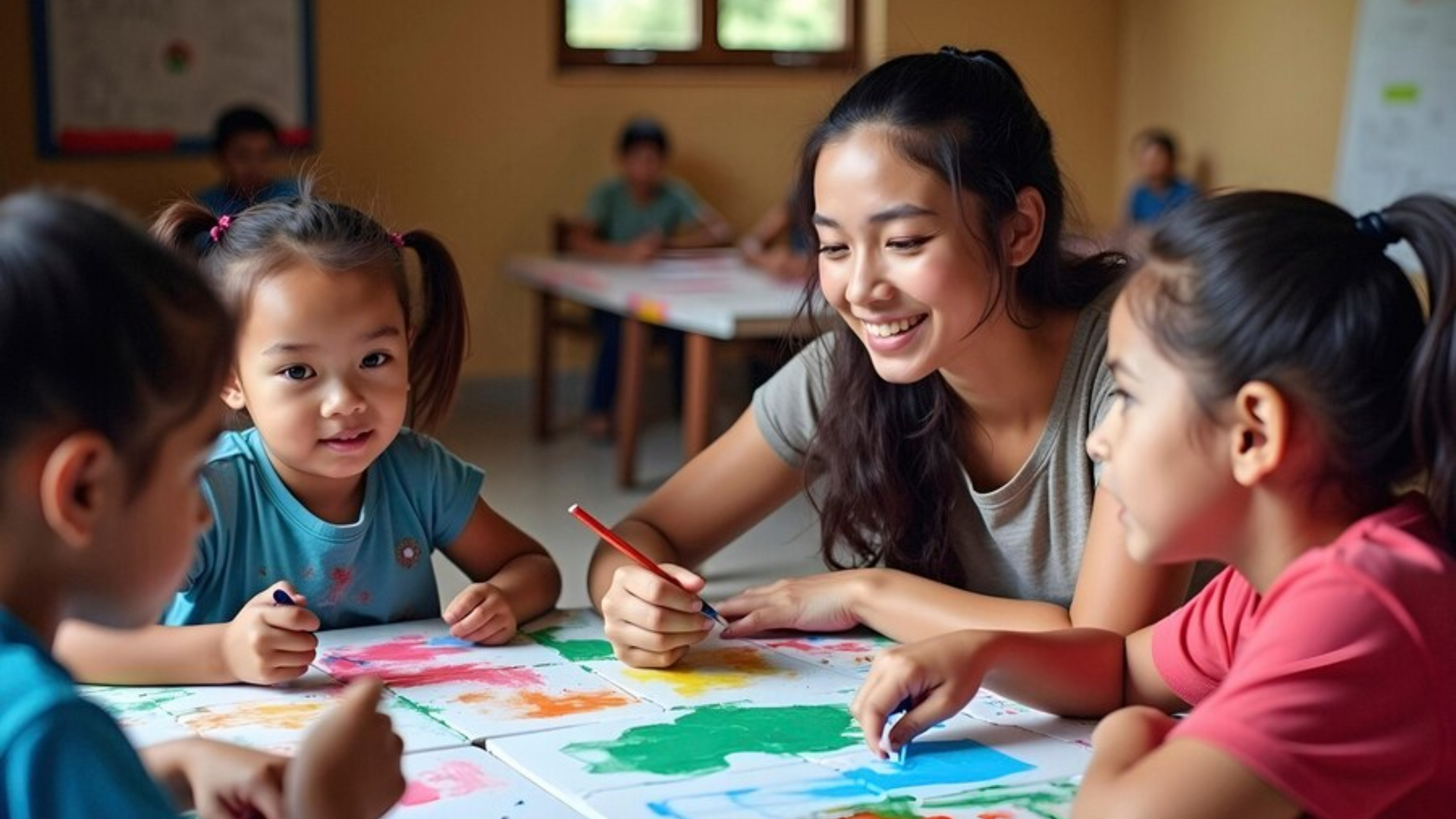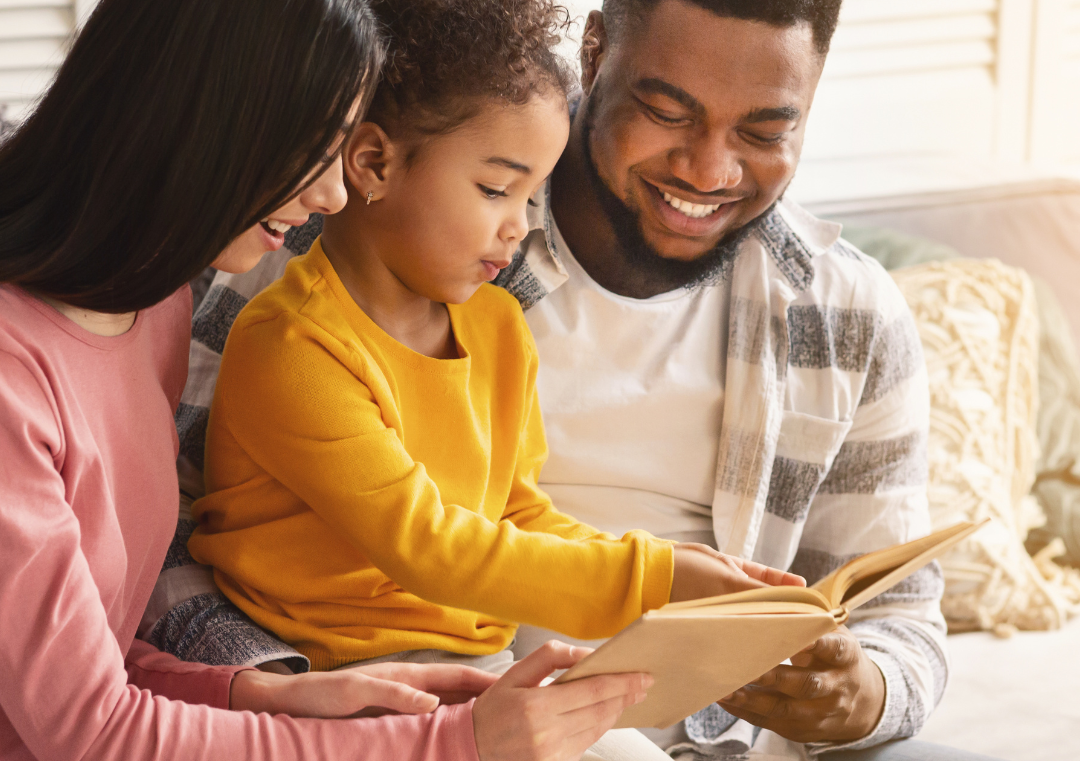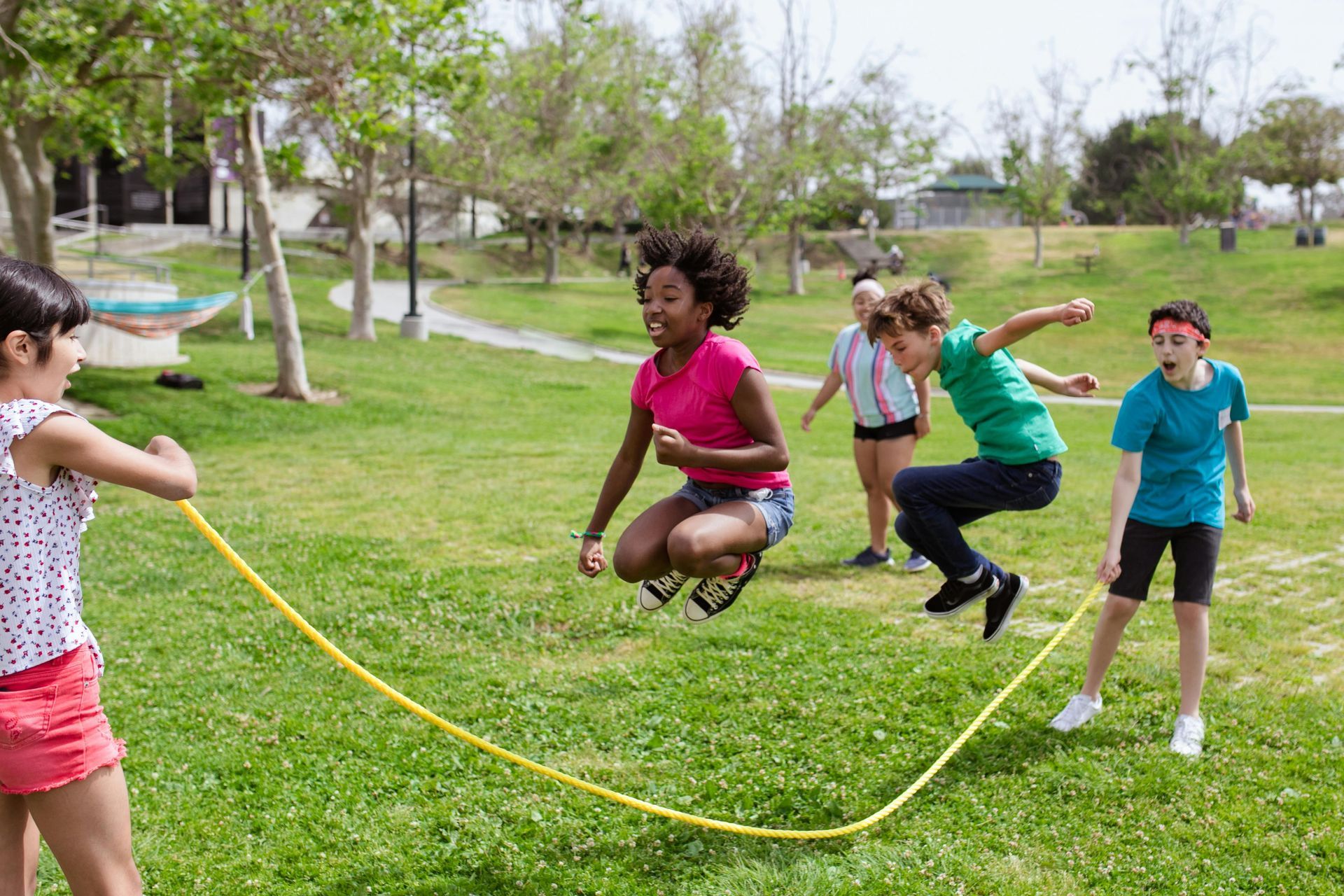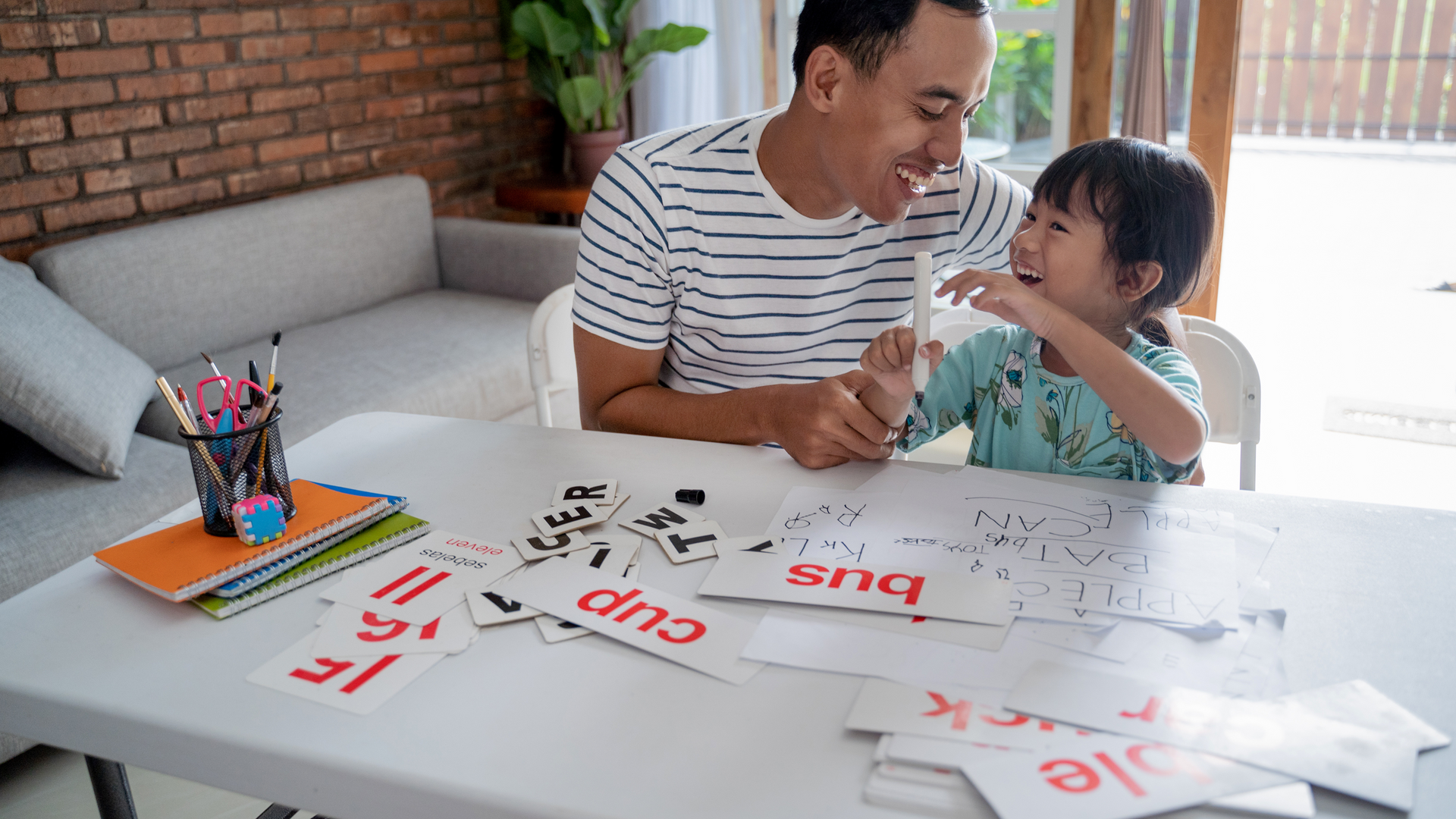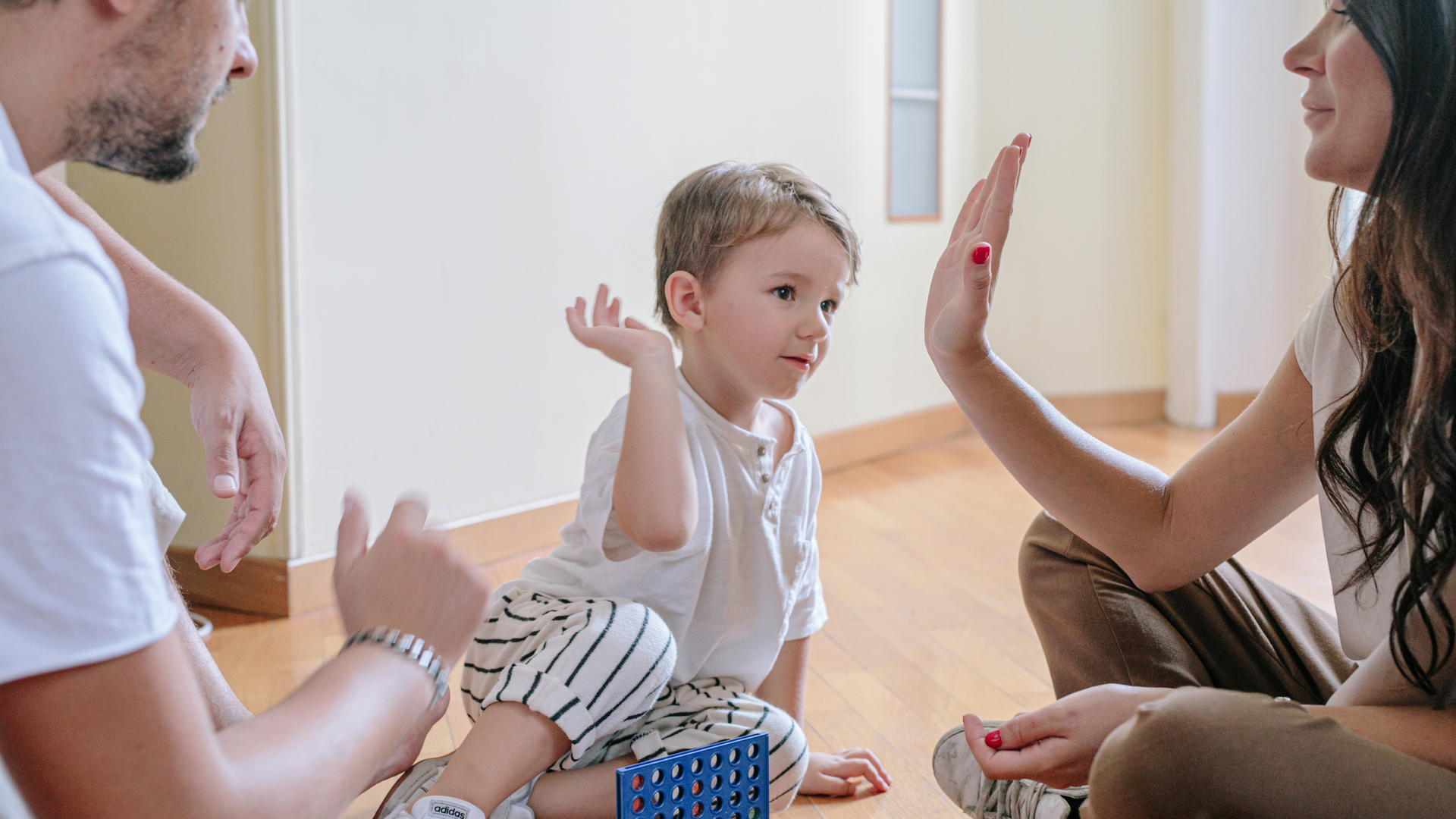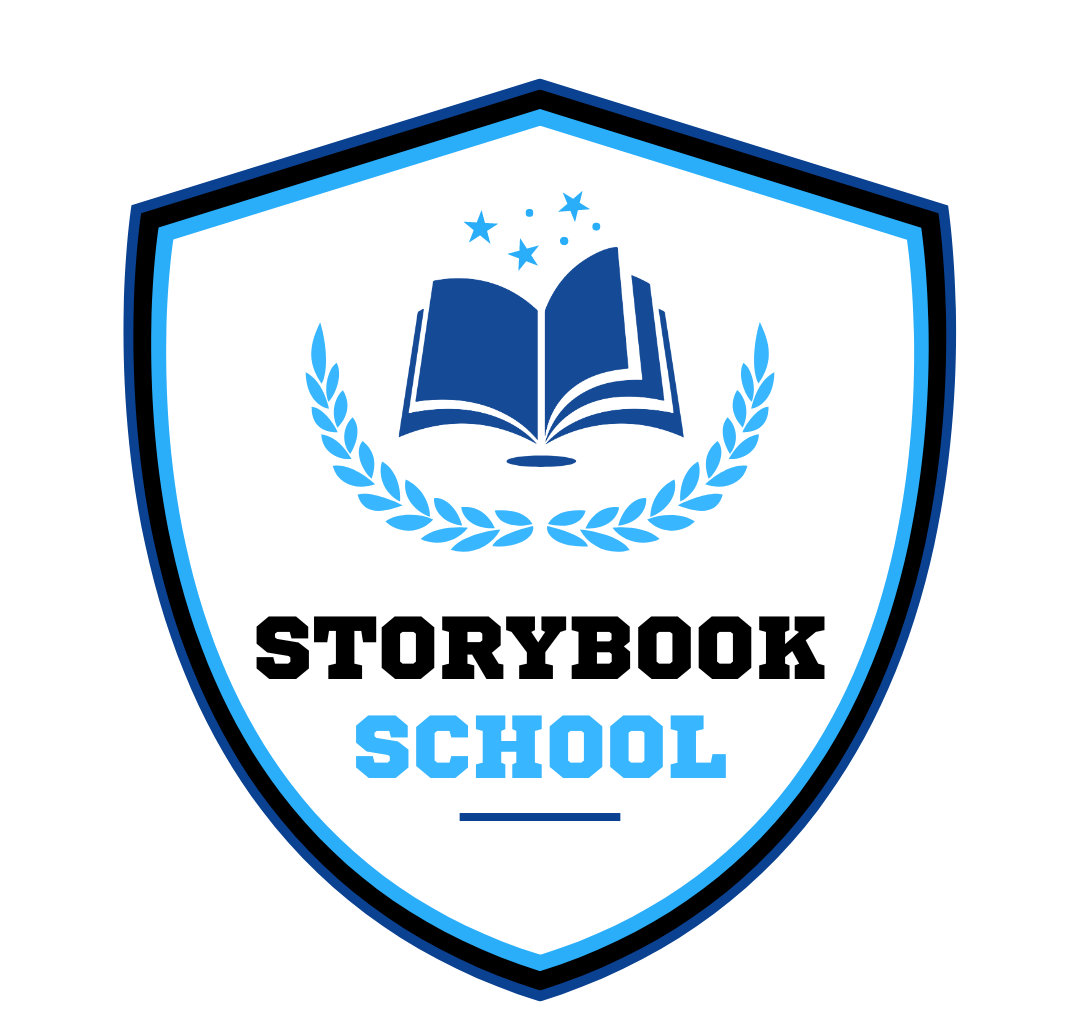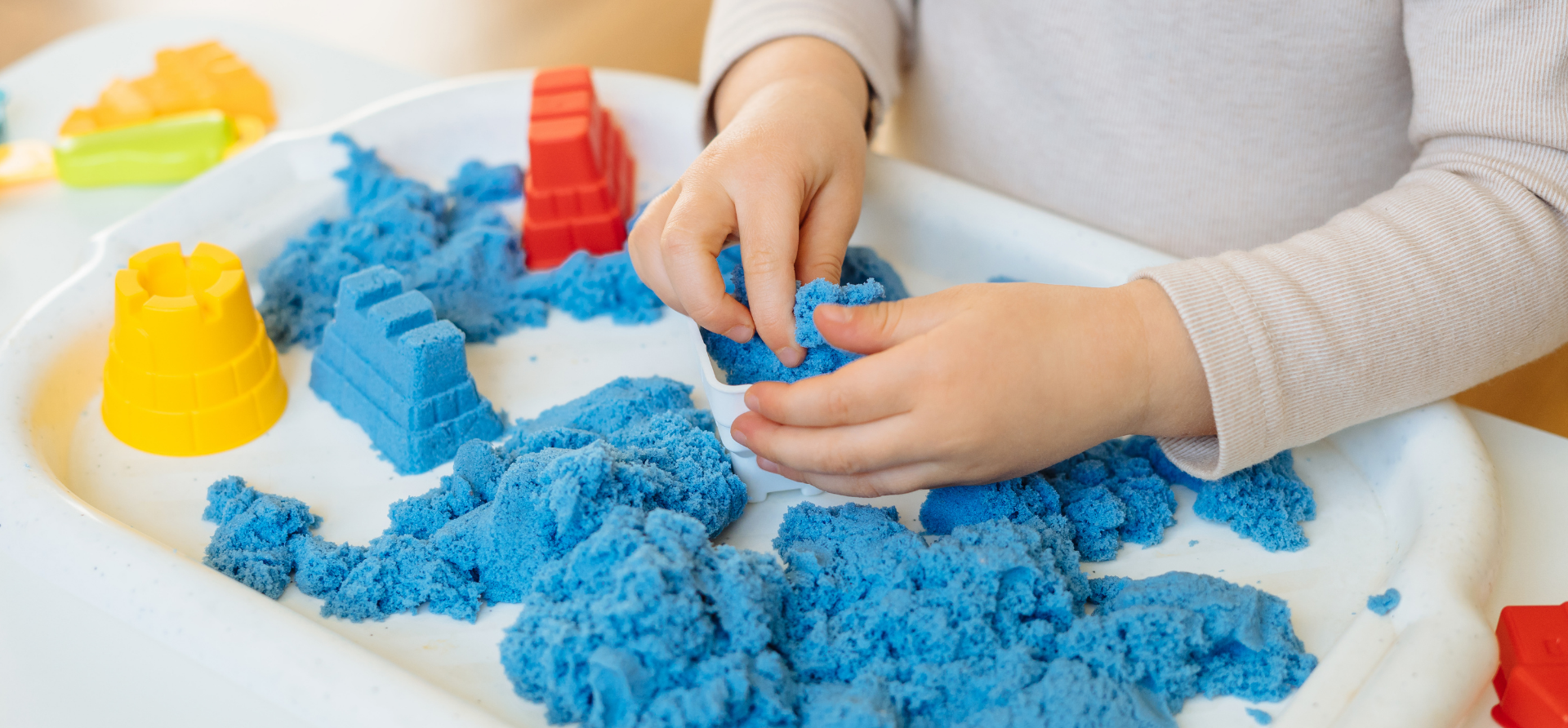How We Bring Books to Life in the Classroom—Literally!

At Storybook School Orlando, storytelling isn't just a time slot in our schedule—it's a cornerstone of how we teach, inspire, and connect with our students. From the name of our school to the heart of our curriculum, we believe that books have the power to unlock imagination, promote early literacy, and spark a lifelong love for learning. But we don’t stop at reading stories. We bring them to life. Literally.
In this post, we’ll take you inside the magical ways we turn classic and contemporary children’s literature into dynamic, interactive experiences. These hands-on, multi-sensory activities allow young learners to truly immerse themselves in stories, making reading an adventure they can see, feel, hear, and live. And if you're just beginning your child's educational journey, we also recommend exploring our related posts on "7 Advantages of Early Childcare Enrollment", which details how early experiences like ours build strong literacy foundations, and "What's the Best Age to Start Childcare?", where we discuss how developmental timing can enhance storytelling experiences for preschoolers.
Why Storytelling Matters in Early Childhood
Storytelling is more than entertainment. It builds foundational skills in:
- Language and vocabulary: Listening to stories helps children hear new words in context.
- Cognitive development: Narratives teach sequencing, cause-and-effect, and critical thinking.
- Social-emotional learning: Characters provide models for empathy, problem-solving, and understanding emotions.
- Cultural awareness: Stories expose children to diverse people, places, and experiences.
Books also create shared moments between teachers and children, sparking conversation and connection that reinforce trust and engagement.
From Page to Play: How We Animate Stories in Our Classrooms
Here’s a peek into how Storybook School brings books to life for our young learners:
1. Dramatic Play Inspired by Storylines
If we’re reading The Three Little Pigs, don’t be surprised to find our students building houses from straw, sticks, and blocks in the dramatic play center. We provide costumes, props, and set pieces that allow children to reenact scenes, try on different character roles, and use storytelling language.
Why it works: Role-playing deepens comprehension and invites creative expression.
2. Story-Driven Art Projects
After reading The Very Hungry Caterpillar, students might create their own colorful caterpillar collages, food murals, or lifecycle models. If the book is Where the Wild Things Are, expect masks, monster puppets, or "wild rumpus" crown crafts.
Why it works: Art connects stories to self-expression and fine motor skills.
3. Literature-Based Sensory Bins
Imagine a sensory bin filled with cotton balls, tongs, and tiny sheep for Where Is the Green Sheep?, or rainbow-colored rice and miniature vegetables for Eating the Alphabet. These bins invite tactile exploration while reinforcing story elements.
Why it works: Sensory play builds cognitive links to the story through touch and manipulation.
4. Story Stretches with STEM
Books like Rosie Revere, Engineer or If I Built a Car spark curiosity in science and engineering. We follow up with activities like building mini structures, testing materials, or designing paper airplanes.
Why it works: Extending stories into STEM activities encourages problem-solving and innovation.
5. Outdoor Story Adventures
We’re Going on a Bear Hunt becomes a real outdoor trek with pretend mud puddles, tall grass, and "caves". The Gruffalo turns into a scavenger hunt for woodland creatures.
Why it works: Physical movement paired with story recall reinforces memory and makes learning joyful.
6. Story Soundtracks and Music
We enhance stories with music—from background sound effects during reading time to songs inspired by book themes. Books like Brown Bear, Brown Bear, What Do You See? are paired with rhythmic chants and percussion instruments.
Why it works: Music supports auditory processing and helps children remember patterns and rhymes.
7. Book-Themed Snacks and Cooking
Stories like If You Give a Mouse a Cookie or Stone Soup come alive in the kitchen. Children help prep, mix, or assemble themed snacks and discuss how they relate to the plot.
Why it works: Cooking promotes sequencing and real-world application of story ideas.
Literacy Development Beyond the Book
When stories come to life, literacy becomes more than a skill—it becomes an experience. Our students begin to see reading as something joyful, meaningful, and exciting. They engage with books in a way that builds their confidence, comprehension, and curiosity.
Plus, when students feel ownership over a story—because they acted it out, recreated it in art, or cooked a recipe from its pages—they are far more likely to retain key concepts and vocabulary.
Connecting Storytelling to Other Areas of Learning
Our story-based approach seamlessly blends into other learning domains:
- Math: Counting the apples in
Ten Apples Up on Top!, sorting by color in
Mouse Paint, or measuring ingredients in a story snack.
- Science: Observing caterpillar-to-butterfly transformation after reading
The Very Hungry Caterpillar.
- Social Studies: Exploring community helpers after reading
Clothesline Clues to Jobs People Do.
- Emotional Literacy: Identifying feelings and conflict resolution in books like
Llama Llama Mad at Mama or
When Sophie Gets Angry.
How Parents Can Extend Stories at Home
We believe that storytelling should continue beyond our classrooms. Here are some ways families can bring the magic home:
- Re-read favorite books and let your child "read" parts to you from memory.
- Create a book nook with cozy pillows, puppets, and a rotating library.
- Ask open-ended questions: "Why do you think the character felt that way?" or "What do you think might happen next?"
- Act out scenes together, using toys or dress-up clothes.
- Draw pictures from a story or make a "storybook" of your own.
Introducing children to a world of storytelling early helps cultivate lifelong readers, confident speakers, and empathetic listeners. Our immersive approach nurtures not just literacy, but imagination, independence, and a love for learning.
Final Thoughts
At Storybook School Orlando, we’re not just reading stories—we’re living them. Every day, we help children connect the dots between words on a page and the world around them. Whether it’s building, dancing, painting, exploring, or cooking, we give stories room to grow in the hearts and minds of our students.
Because when children truly experience a story, the learning lasts long after the final page is turned. And in our classrooms, that’s just the beginning of their own.
Let’s bring the books to life—together.
